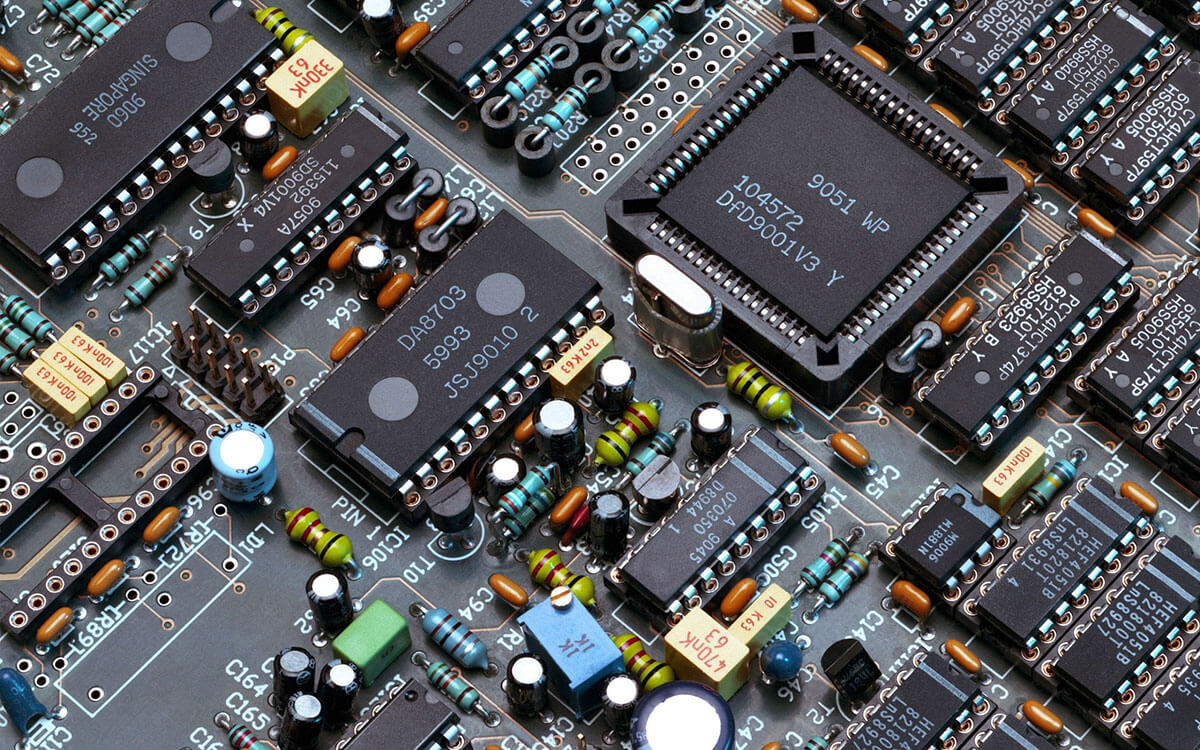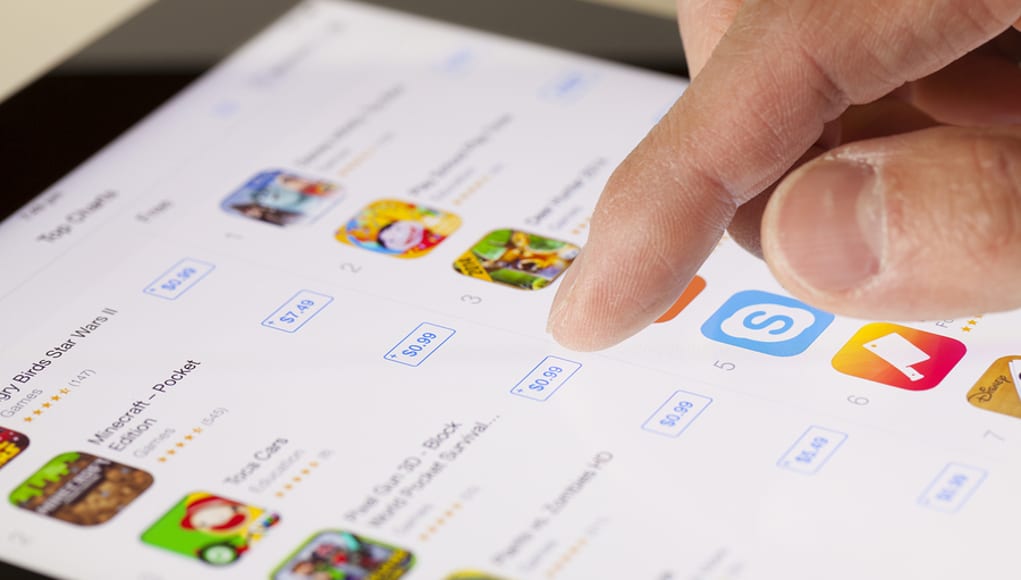Introduction: What is the Internet of Things (IoT)?
The Internet of Things (IoT) refers to the vast network of interconnected devices that communicate with each other via the internet. These devices, ranging from everyday household items like refrigerators and thermostats to more complex systems such as industrial machinery, are embedded with sensors and software that allow them to collect, share, and exchange data. This interconnectivity creates a smarter, more efficient world, where devices can automate processes, optimize operations, and provide valuable insights in real-time.
In this article, we will explore the fundamentals of IoT, its applications, key components, and the challenges it faces in creating a fully connected world.
How Does the Internet of Things (IoT) Work?
The Internet of Things operates on the principle of devices communicating over a network, most often the internet, to exchange data and perform specific tasks. At a high level, the IoT process involves the following components:
Devices/Objects
The physical devices or “things” are the core of IoT. These objects are embedded with sensors and software that allow them to collect data, such as temperature, motion, humidity, or location.Connectivity
Once data is collected, it must be sent to other devices or centralized systems. This is done through a variety of communication methods, such as Wi-Fi, Bluetooth, cellular networks, Zigbee, or Low Power Wide Area Networks (LPWAN).Data Processing
The collected data is processed either on the device (edge computing) or in the cloud (cloud computing). This step involves analyzing the data, interpreting it, and making it actionable for decision-making or automation.Action
Based on the processed data, actions are taken automatically or by human intervention. For instance, a smart thermostat might adjust the temperature of a room, or a connected car might alert the driver about an upcoming maintenance issue.
Key Components of IoT
IoT systems rely on several core technologies to function effectively:
Sensors and Actuators
Sensors capture data from the physical world, such as temperature, pressure, or motion. Actuators respond to commands and take actions, such as turning on lights or adjusting a thermostat.Connectivity
Devices need a reliable way to communicate with each other and the cloud. Common communication protocols include Wi-Fi, Bluetooth, 5G, Zigbee, and cellular networks.Data Processing and Storage
The data generated by IoT devices is often massive and needs to be processed and stored for analysis. This may involve cloud computing platforms, edge computing devices, or both.Data Analytics
Once the data is processed, it is analyzed to extract meaningful insights. Data analytics tools are used to identify patterns, trends, and anomalies that inform decision-making or trigger automated actions.User Interface (UI)
A user interface, such as a mobile app or a web dashboard, allows users to interact with IoT devices. It helps monitor data in real-time and control connected systems remotely.
Applications of the Internet of Things (IoT)
The potential of the software point.com is vast and spans various industries, including healthcare, transportation, agriculture, smart homes, and more. Below are some key applications of IoT:
Smart Homes
- Smart Thermostats: Devices like the Nest Thermostat automatically adjust the temperature based on your preferences and habits, improving energy efficiency.
- Smart Lighting: Lights that can be controlled remotely via smartphones or voice assistants, adjusting brightness or turning off when not needed.
- Home Security Systems: IoT-powered cameras and sensors enhance home security by monitoring activity and sending alerts to homeowners in real-time.
Healthcare
- Remote Monitoring: Wearable devices, such as fitness trackers and smartwatches, monitor vital signs (heart rate, sleep patterns) and alert users to potential health concerns.
- Telemedicine: IoT devices enable remote consultations and diagnostics, improving healthcare accessibility and reducing hospital visits.
- Smart Medical Devices: Connected medical devices, such as insulin pumps and pacemakers, monitor patient conditions and adjust treatment automatically.
Transportation and Smart Cities
- Autonomous Vehicles: IoT is integral to self-driving cars, providing data on road conditions, vehicle status, and other real-time information to improve navigation and safety.
- Traffic Management: IoT sensors embedded in traffic lights and roadways collect data that optimizes traffic flow, reduces congestion, and improves urban mobility.
- Public Transportation: IoT enables real-time tracking of buses and trains, allowing commuters to track schedules, delays, and vehicle conditions.
Agriculture
- Precision Farming: IoT devices, such as soil moisture sensors and weather stations, provide farmers with data to optimize irrigation, fertilization, and crop health.
- Livestock Monitoring: Wearable IoT devices monitor the health and movement of livestock, ensuring better care and early detection of diseases.
Industrial IoT (IIoT)
- Predictive Maintenance: Sensors in machinery predict wear and tear, reducing unplanned downtimes by notifying maintenance teams before equipment failures occur.
- Supply Chain Optimization: IoT-enabled tracking devices monitor inventory levels, shipment conditions, and logistics, improving supply chain efficiency.
- Smart Factories: In manufacturing, IoT devices automate processes, monitor production lines, and analyze performance to enhance productivity and reduce costs.
The Benefits of the Internet of Things (IoT)
Efficiency and Automation
IoT allows for automation of many tasks, reducing the need for human intervention and improving efficiency. For instance, smart thermostats learn user behavior and adjust temperatures without manual input.Real-Time Monitoring and Data
With IoT, businesses and individuals can monitor systems and devices in real time, leading to faster decision-making. For example, a fleet management system can track the location and condition of vehicles in real-time to optimize routes and minimize fuel consumption.Cost Savings
IoT can reduce operational costs by improving energy efficiency, optimizing supply chains, and preventing equipment failures. For example, predictive maintenance in industrial IoT systems helps prevent costly downtime and repairs.Improved Decision Making
By collecting and analyzing data from a wide range of IoT devices, businesses and individuals can make more informed decisions. For example, retailers can use data from IoT sensors to predict customer behavior and optimize product placement.
Challenges and Security Concerns in IoT
Data Privacy and Security
The increased connectivity of devices creates significant privacy and security risks. If not properly secured, IoT devices can become vulnerable to hacking and data breaches, compromising sensitive user information.Data Overload
The sheer volume of data generated by IoT devices can be overwhelming. Managing, storing, and processing this data requires advanced infrastructure and sophisticated data analytics tools.Interoperability
With a multitude of IoT devices and platforms available, ensuring they can work together seamlessly is a challenge. Lack of standardization can lead to compatibility issues between devices from different manufacturers.Power Consumption
While IoT devices are designed to be energy-efficient, some devices, especially those requiring continuous connectivity, can still consume significant amounts of power. This can be a concern in battery-powered devices like wearables and remote sensors.
The Future of the Internet of Things (IoT)
The IoT ecosystem is continuously evolving. As 5G networks roll out globally, IoT devices will benefit from faster, more reliable connectivity, enabling even more advanced applications. IoT will also integrate more deeply with AI and machine learning, allowing for smarter, more autonomous systems that can make decisions without human input.
In the future, we can expect even smarter cities, homes, and workplaces where IoT devices seamlessly interact with one another to enhance convenience, safety, and efficiency. From healthcare to transportation, IoT will continue to be a driving force behind technological innovation.
Conclusion
The Internet of Things is transforming the way we interact with the world around us, enabling smarter homes, cities, healthcare systems, and industries. By connecting devices and allowing them to exchange data, IoT is improving efficiency, convenience, and decision-making. However, challenges such as security, interoperability, and data management remain. As technology advances, the IoT ecosystem will continue to expand, reshaping the way we live, work, and interact with the world.








